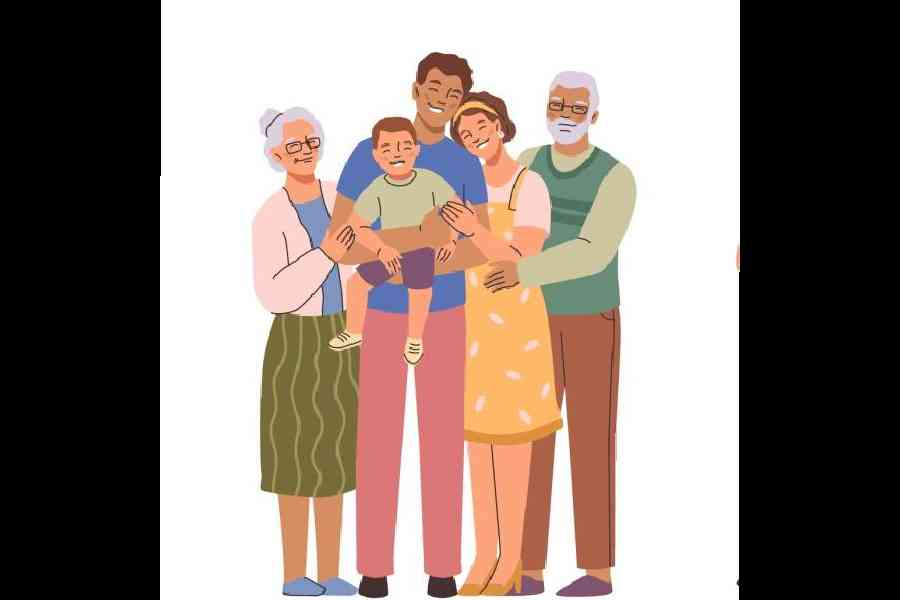Our body is composed of millions of individual cells. Each cell contains threadlike structures called chromosomes that carry genetic information from cell to cell. Chromosomes are located in the nucleus of a cell and can be seen through a microscope. Chromosomes exist in pairs. Each pair contains one chromosome from each parent. Children, therefore, inherit half of their chromosomes from their mother and half from their father.
In humans, each cell typically contains 23 pairs of chromosomes, for a total of 46. Twenty-two pairs, called autosomes, look the same in males and females. The 23rd pair, the sex chromosomes, differ between males and females. The mother always provides an X chromosome and the father an X or Y. If the father provides a Y, the child becomes a boy (XY), and if an X then it is a girl (XX). The sex is established at the moment of conception.
Chromosomes have genes. All genes have duplicates, but some genes are strong and dominant. They express themselves while the weaker recessive gene remains dormant. The most straightforward example of this is blood group. Group O is recessive, so only if both parents are O, is the child also O.
Though people tend to believe that male pattern baldness is inherited from the mother, it is actually multiple genes from both the father and mother. It depends on which gene is dominant; 80 per cent of bald men have a bald father!
Some diseases are inherited, especially blood diseases such as thalassaemia and sickle cell disease. Also, some people have tumours all over their body, neurofibromas (a mixture of nerves and fibrous tissue) or lipomas with little lumps of fat. The gene for this is dominant. Many generations will suddenly start manifesting the gene and
these noncancerous tumours at a certain age.
Hypertension and diabetes are common lifestyle diseases that run in families. Many members have been affected generation after generation. The inheritance is not straightforward. Familial elevated triglycerides is also inherited through multiple genes. If either parent has them, there is a 50 per cent chance of offspring being affected. That is why it is essential to check for these diseases when you approach the age of 40, especially if close family members are affected.
Colour blindness, eye colour, hair type and texture, and certain cancers can run in families. This is why DNA testing for many diseases has become popular. People want to know if they are at risk. Women who carry the BRAC1 or BRAC2 gene are at increased risk for breast or ovarian cancer.
Genetic testing is a powerful tool. It can predict disease risk, diagnose genetic conditions and check prenatally to see if the baby has a disease. It can also determine the baby’s sex, but this is illegal in India. Genetic testing can also identify victims and perpetrators of crimes.
Blood or tissue, saliva, cheek cells from inside the mouth, skin cells or hair can also be used for genetic testing. The sample must be sent to a certified laboratory. DNA testing can also establish paternity, but in India, it has to be mandated by the court.
Just carrying a gene does not mean that you will develop a disease. Nature provides you with the gene, but “nurture” or the environment can be responsible for gene expression. In families where many members have diabetes, they have similar lifestyles. They eat identical high-calorie diets and are physically inactive, which enables the gene to express itself.
If one is aware of the risk, one can take the decision to modify one’s lifestyle at a sufficiently young age so that disease-causing genes are not expressed.
The writer has a family practice at Vellore and is the author of Staying Healthy in Modern India. If you have any question on health issues please write to yourhealthgm@yahoo.co.in











